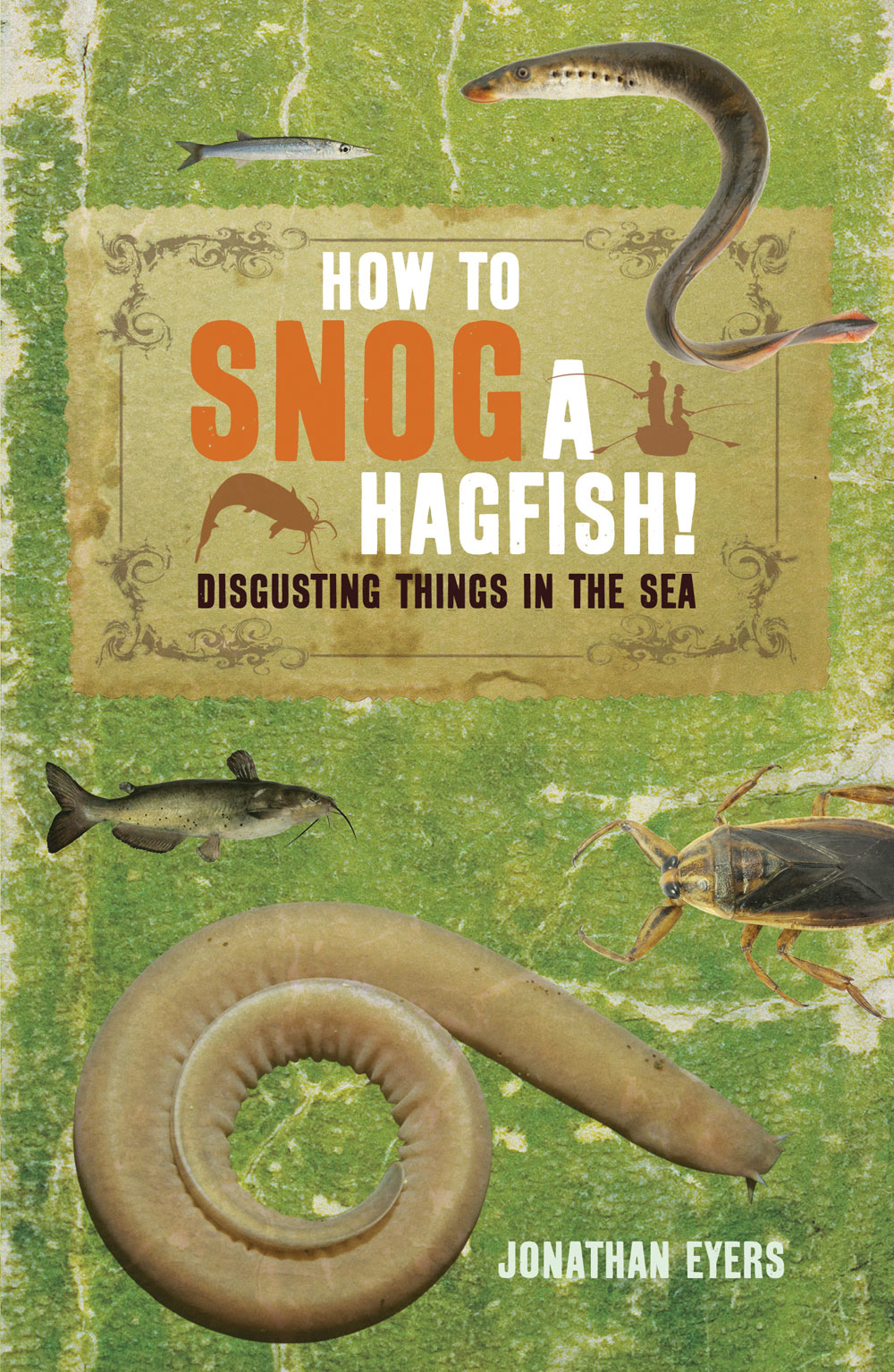How to Snog a Hagfish! Disgusting Things in the Sea
Despite the name, you probably wouldn't want to put any Sea Cucumber in your sandwiches (though in some parts of the world they do). Like a big prickly underwater slug with a fanged sucker at one end, the Sea Cucumber is very popular with Pearl Fish. But it's probably fair to say the feeling isn't mutual. If a Pearl Fish is threatened and there's a Sea Cucumber around the Pearl Fish will swim up into the Sea Cucumber's bowels and remain there until the danger has passed. It wriggles in backwards using its long pointy tail to guide it. Of course, when it gets up there it might find the Sea Cucumber's bowels are already a little crowded. The Pea Crab (which, fortunately for the Sea Cucumber, is named for its size) also likes to hide up a Sea Cucumber's backside, as do certain types of polychaete worm. But that's not all. The Sea Cucumber even has its own genus of mollusc, Entovalva, which only live within its digestive system. There's also a type of sea snail called Enteroxenos Ostergreni which, on reaching adulthood, ditches its shell (along with most of its major organs) and spends the rest of its days living like an egg-spreading worm inside a Sea Cucumber. Sea Cucumbers live on the seafloor. Though the largest species can grow to almost 30in (76.2cm) most are around 6-10in (15-25cm). They come in a variety of vivid colours from a vibrant blue to a brilliant red, and may look spiky, frilly or even furry in appearance. The Sea Cucumber has rows of small tube feet which extend and retract using hydraulics to allow it to crawl slowly across the seabed. Some extract food from the water, while others sweep the mud or sand with mucus-laden tentacles. It alternates tentacles, sweeping with one while licking the other. Nerve endings in the skin give the Sea Cucumber sensitivity to light and touch, but it has no true brain. To make up for that, it has two mouths, though the second one is also its anus. The Sea Cucumber eats with the mouth at one end, and excretes and breathes through the mouth at the other end. When it opens its anal 'mouth', seawater flows in and washes over the Sea Cucumber's respiratory organs. It's at this point that the Pearl Fish might try to sneak in. Some Sea Cucumbers even have teeth around their back passage to try and put them off. The Sea Cucumber's many uninvited guests find its bowels well stocked with nutritious bacteria. They can also eat nutrients that the Sea Cucumber ate for itself but which have passed through its body undigested. However, if a peckish Pearl Fish decides to nibble on one of the Sea Cucumber's internal organs it might find itself swiftly ejected - along with those internal organs (it can regenerate them in about a month). This is a defence mechanism the Sea Cucumber also uses against predators, because unlike the Pearl Fish many sea creatures are not immune to the Sea Cucumber's toxic digestive juices. Some Sea Cucumbers can even turn themselves inside out so that their poisonous innards are now outtards, and predators dare not take a bite. That's not the only clever trick the Sea Cucumber has for defending itself. It can also change its body state. It can go from solid and hard one moment to almost liquid the next. So when in danger it can find a narrow crack, turn its body into mush, slip through the crack, then solidify into hard lumps on the other side. Predators can't extract it. The Sea Cucumber can do this because it has a form of collagen in its skin which can excrete or absorb water, becoming harder the more water it has absorbed.
|

'Thoroughly explores the wonders of the deep and uncovers some creatures which are beyond the imaginations of the most far-fetched sci-fi writers.'
'Written in an "Underwater QI" style ... Eyers certainly knows his stuff.'
'Star buy!'
'Eyers is a wacky guy.' |